Here is one way to do this, which should make its way into my ggvegan package at some point.
library('vegan')
library('ggplot2')
For this example I'm going to use the Dutch dune meadow data set tha ships with vegan
data(dune, dune.env)
and I'll use the Management variable in dune.env as my cluster membership vector. Notice it is coded as a factor; you should ensure that whatever cluster membership vector you use is coded likewise.
First the example ordination
ord <- metaMDS(dune)
Next, extract the NMDS scores
scrs <- scores(ord, display = 'sites')
To facilitate computing centroids, I add Management as a variable to the data frame of scores
scrs <- cbind(as.data.frame(scrs), Management = dune.env$Management)
Now we compute the group centroids, which are the mean coordinate on each axis, groupwise:
cent <- aggregate(cbind(NMDS1, NMDS2) ~ Management, data = scrs, FUN = mean)
To draw the spider, we need to us geom_segment() which requires coordiates to draw the segment from and to. Our to coordinates, the xend and yend aesthetics will be the centroids. So we need to replicate the group centroid for each observation in the group. This we facilitate by a left join via merge:
segs <- merge(scrs, setNames(cent, c('Management','oNMDS1','oNMDS2')),
by = 'Management', sort = FALSE)
notice that I rename the columns in cent so these do't get confused for columns of the same names in scrs — we want these centroid variables to have different names.
Now we can plot
ggplot(scrs, aes(x = NMDS1, y = NMDS2, colour = Management)) +
geom_segment(data = segs,
mapping = aes(xend = oNMDS1, yend = oNMDS2)) + # spiders
geom_point(data = cent, size = 5) + # centroids
geom_point() + # sample scores
coord_fixed() # same axis scaling
Which produces

